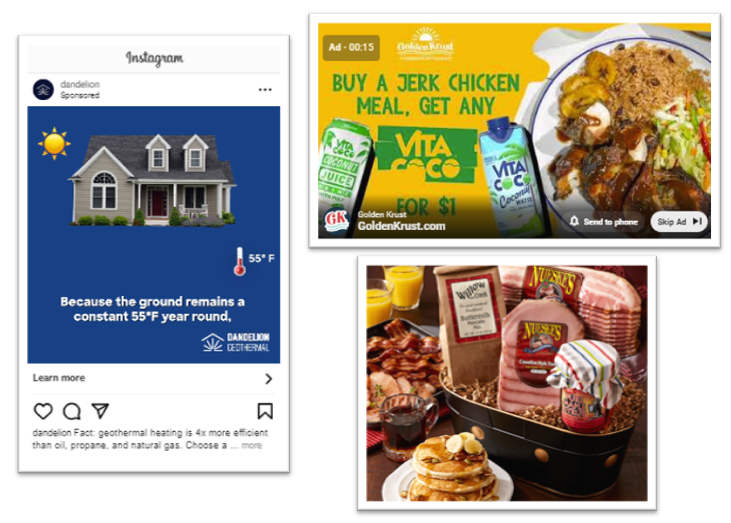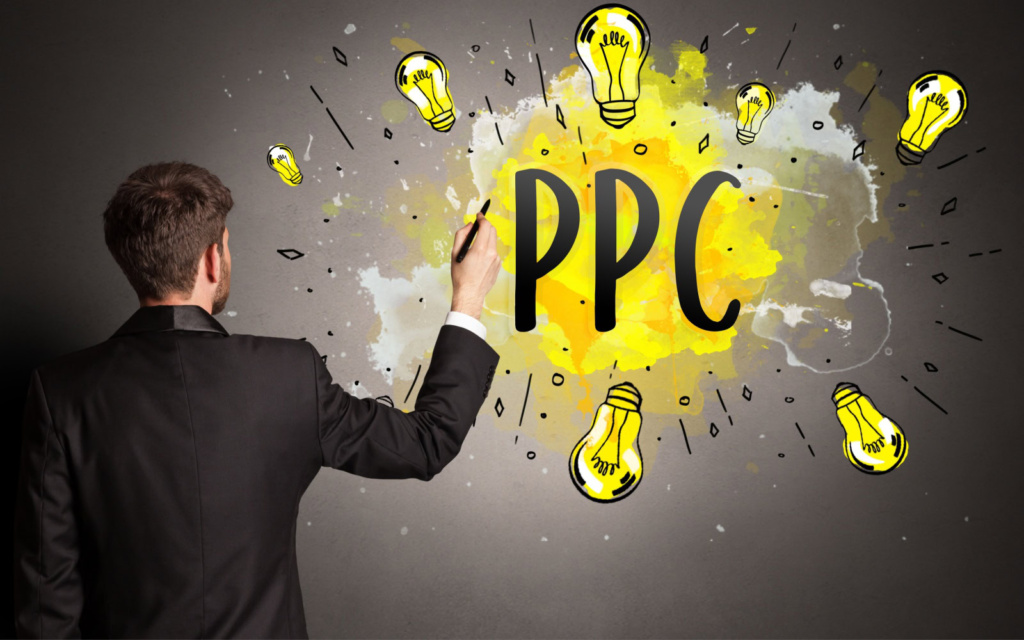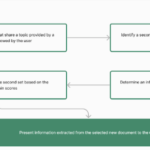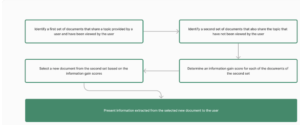If you talk to any paid search marketing old-timer (someone with 10+ years of experience) and ask them what has changed within the search industry, they will likely give you a straightforward reply:
Literally everything.
Without dating myself, I can say that when I started in this space, Yahoo was the bigger ad platform than Google, AskJeeves was a standalone platform (and still had Jeeves), AOL was still a standalone ad platform, and there were fewer match types.
More importantly, we relied on keywords and manually written search ads (25-35-35 – if you know this reference, congratulations, you’re old).
Targeting was limited to geography, the search network, and not much else.
Search Is Not Just Search Anymore
Today, the odds are that half your “search” campaigns don’t even have keywords, ads are bigger (and can be AI-generated), the targeting ability is incredible, and the options of what you can do seem infinite.
But at the same time, you have less transparency, and the levers you pull are more directional than definitive (because let’s face it, odds are you aren’t doing much manual CPC bidding anymore).
In addition, the concept of paid search has changed. Where once it was a keyword and text ad-focused association, it has shifted to more of a platform term that even exceeds ads showing on search engines.
Think of it like this:
- Search marketing in 2005: Yahoo and Google text ads triggered by keywords you bid on. As well as accidentally showing in GDN (back then called the Google Content Network).
- Search marketing in 2024: Bing (because I refuse to call it Microsoft) and Google text ads triggered by keywords you bid on, as well as:
- Product feeds showing your catalog in search engines and social media are triggered by behavior or queries you don’t bid on.
- An “all-in-one” ad unit that optimizes all sorts of ad placements to a single goal (Performance Max).
- Email ad units that are tied to ad placements on a mobile app feed and video views.
- Video ads showing for whatever it feels, with some guidance based on behavior.
- Bidding ads in a social media platform the way you used to bid on search ads 20 years ago, and so on.
The industry and the concept of search marketing over the past 20 years are night and day. In reality, it isn’t so much search marketing but biddable media.
However, it is still powered by a single thing: people searching for things.
Now cue: “But Jon, you just said search marketing isn’t search anymore, so how do people searching for things power the space?”
To which I reply:
“Shut up and listen. If you still run basic search and/or shopping ads, then that is people searching for things. The rest is audience-based targeting, meaning someone took multiple actions on the internet to get themselves categorized into audiences. The vast majority of the time, that behavior is search. The part that goes out the window most often is the recency of them doing that.”
Search Vs. Biddable Media
As the industry evolves, the thought of search marketing becomes a subset of a concept that emerged 10 or so years ago, known as biddable media.
Biddable media is fairly straightforward conceptually: If you are advertising online, on a platform that requires you to enter an auction for your ad to show, then you are doing biddable media.
Search is the function of biddable media for:
- Triggering of ads in the search engine results page (SERP).
- Managing non-keyword ads that show in SERP (Performance Max, Shopping, etc).
- Creating keyword-based audience targets on non-keyword-based ad units (Microsoft Audience Network (MSAN), Google Display Network (GDN), YouTube, Performance Max, Demand Generation, etc.).
Traditional search management is also the lifeblood of strategy and approach to biddable media:
- Manual bidding.
- Target cost per acquisition (TCPA)/target return on ad spend (TROAS)/Max Clicks.
- Bid modification for targets, seasonality, device, etc.
Net-net: Search has started to become an antiquated term. In reality, search is biddable media, which is not just search but a search style of management that is across many more ad units and platforms.
I know; this is as clear as how Jenn Shah of Real Housewives of Salt Lake City made all her money before she got arrested.
What Is The Scope Of “Search” Now?
First, let me comfort all “search” marketers with this: “Your job didn’t go away with this paradigm shift (if it had, it would’ve been 5-10 years ago, and you likely wouldn’t be reading this article).”
But now, those “search” marketers just became much more valuable.
With a little additional learning, they’ve become the Jack/Jane of all trades in the digital marketing space (except for fixed rate managed service buys, which are typically CTV/Streaming or non-programmatic display efforts or affiliate; they don’t fall in this concept).
Their working knowledge of paid search management has become a working knowledge of biddable media.
In a less roundabout way of saying it, your paid search skills are applicable to all forms of paid media that require a strategy and an auction.
So, the scope of your job is more than just Google and Bing search; it also includes managing other media channels, similar to how you would manage paid search.
 Biddable Media Formats Using Search Management Strategies, screenshots by author, July 2024
Biddable Media Formats Using Search Management Strategies, screenshots by author, July 2024How Do We Adapt Our Skill Sets?
Adapting your skill set depends on if it even needs to be adapted.
You may already be adapted to manage other platforms and don’t even realize it. If you’ve been doing any of the following, you’re already most of the way there:
- Running a Performance Max campaign.
- Intentionally running a Google GDN, YouTube, or Bing Audience Network campaign (a true standalone campaign with proper ad units).
- Building and utilizing audience targets and remarketing lists.
- Deciding a specific bid strategy, setting it up, and adjusting it based on performance (TROAS, Max Conversions, TCPA, CPM, Max Clicks w/ CPC, etc.).
- A/B testing (landing page, creative, bid strategy).
If you’re doing most or all of the above (or have in the past), stop reading this article; you’re fine; go watch my beloved NY Jets disappoint their fan base by burning through another quarterback.
If you aren’t doing more than half of these, but you are managing paid search, the learning curve isn’t difficult.
Anyone who follows me on X (Twitter) knows I rarely give Google kudos for much of anything. Still, its certification process is incredibly helpful (not so much the certifications themselves, but the tutorials).
Those give you the basics of understanding GDN, Performance Max, Shopping YouTube, Demand Generation (fka Discover), and other elements. You already know paid search, which is the most difficult element to learn.
Then, it is merely applying those skills to other platforms.
Don’t believe me? Here is a handy little equivalency chart:
- Non-Skippable YouTube targeted to TV that shows on YouTube TV and Google TV = (similar) to CTV placements bought programmatically.
- GDN/Audience ads = Display placements bought programmatically.
- Performance Max = (similar) multi-ad unit social placements (i.e., Meta/Linkedin).
- Google/Bing Shopping = (similar) social shopping placement and retail media placements. (i.e., Roundel/Walmart/Amazon/Pinterest) via a product feed.
Here are also some examples of hands-on management being similar among platforms:
- Google and Bing search strategies and most assets are the same as each other.
- YouTube CPM/Non-Skippable bid strategies are the same as CTV efforts on TradeDesk.
- Google/Bing Max Click bid strategies at the campaign level are the same as optimizing Meta campaigns to Link Clicks or Landing Page Views.
- Geotargeting in Google (which in my mind is some of the most impressive), can largely be replicated in Meta, GroundTruth, TradeDesk, SimpliFi, and more.
- Remarketing lists are roughly designed the same way across all platforms (Google Analytics does have a leg up, I will admit), but all it requires is a platform site pixel to be deployed.
- CRM/Customer Lists can be uploaded to nearly every platform (some restrictions apply in verticals around healthcare, financial services, and a few others).
- Video creative (the raw file), are interchangeable between Linkedin, YouTube, Meta, Criteo, Bing, and many more.
The similarities go on:
 1 Creative Across 3 Platforms (Google, TTD, Meta) screenshots by author, July 2024
1 Creative Across 3 Platforms (Google, TTD, Meta) screenshots by author, July 2024Not to mention, between A.I. strategies (which is a fancy way of saying “bid rules”) and platform transparency (hey, Performance Max, you can sit this statement out), the management approach between the platforms on the similar ad units is nearly identical.
Not to mention, providing the non-text units are sized correctly, you can frequently utilize creative files across platforms and save yourself (and/or your creative team) some precious time.
Search Beyond Just Search Provides New Insight
My favorite part about multi-channel biddable media is its give-and-take between platforms.
Strong-performing paid search text ads are carried into social ads (RSA ads easily fit into Meta Headline + Primary Text + Description).
Engagement with display based on placement helps me decide where to target my CTV/Video creative. (High CTR on sports websites means I will focus my videos on sports content/games.)
Search Query reports give me a better sense of what people are actually searching for, which I can correlate to in-market audiences for targeting. Observational search audiences and demographics help me shape my audience segments.
 Screenshot from author, July 2024
Screenshot from author, July 2024The same audience build can be used across platforms, for example, this customer list upload.
Your overarching bid management skillset helps you further develop each channel.
Am I Even A Search Marketer Anymore?
Short answer: Yes, you still manage search-based ad units (otherwise, you wouldn’t be reading this article).
Long answer: Sort of. But in reality, you’re a multi-purpose digital marketer who, in addition to managing search-based ad placements that they have control over, also has the working skillset to manage programmatic display, programmatic video/CTV, social, digital out-of-home (DOOH), programmatic audio, retail media (excluding affiliate), as well paid search (but don’t get cocky and say SEO, because that is definitely not a transferable skillset in this situation).
The Takeaway
Whether you realize it or not, you’ve become a digital marketing Swiss Army Knife, able to manage multiple media channels (and countless ad types), all because you know paid search.
This means you need to stop thinking that “search” marketing is about keywords triggering text ads and start thinking of it as a “search” skillset that can be deployed anywhere.
It takes a little practice and some getting used to, but it has become one of the most valuable skill sets in paid media.
More resources:
Featured Image: ra2 studio/Shutterstock



















